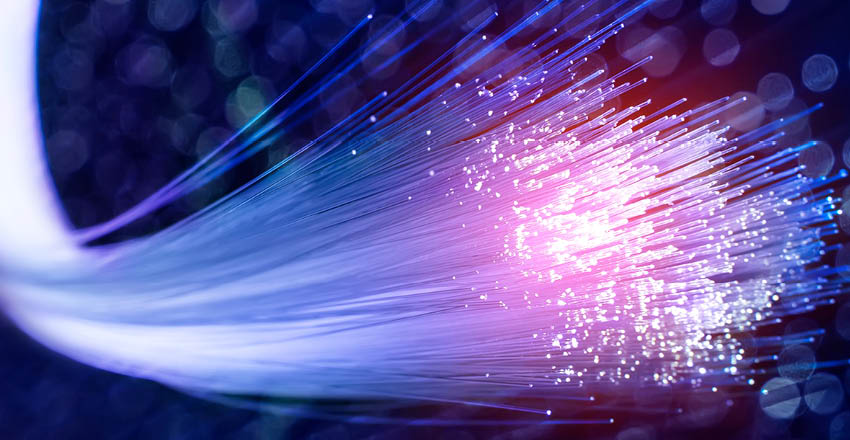Amazing Technology : Now Wi-Fi will send signals through Impenetrable Walls
According to new research, a tailor-made structure can improve the transmission of microwave WLAN signals without being reflected through walls. This works in a similar way to an anti-reflective coating on glasses, which also has implications for future 6G mobile communications. Disturbing reflections disrupt the transmission of waves, including visible light and invisible mobile communications, and in a new article appearing in the journal Nature, scientists from the Technical University of Vienna and the University of Rennes in Austria offer a method to eliminate wave reflection.
An extra layer is added to the lens, which then causes light waves to reach the eye better than before. The reflection is reduced. While this is easy with glasses, a more difficult problem arises with a disordered medium such as a building wall, when a wave is repeatedly scattered and deflected until it finds its way out of this effective maze.
Fog, a cloudy pane of glass, or a piece of sugar reflecting light are such a maze. A reinforced concrete wall provides a barrier penetrated by radio waves. With such an obstacle, radio waves are scattered, reflected or absorbed by the wall, which only allows part of the waves to pass through. The researchers did not know whether this is theoretically possible, but they have now shown a concrete calculation method and tested it successfully in experiments.
By sending microwaves through a complex, disordered maze of obstacles, an antireflection structure was calculated; when this was then placed in front of the obstacles in the experiment, the reflection almost completely disappeared further the waves returned to the side from which they were irradiated.
An additional layer on top of a barrier can prevent any reflection, even with complex wave scattering, if one understands the way the reflective elements of a barrier are understood. One simply has to start by sending certain waves through the medium and precisely measuring how those waves are reflected from the With this information, for any medium that scatters waves in a complex way, a corresponding balancing medium can be calculated, so that the combination of both media produces the wave fully allowed to happen. The key to this is a mathematical process that can be used to calculate the exact shape of this anti-reflective coating.
In the experimental implementation the scientists were able to use the newly developed method to calculate which additional scattering points would form a perfect anti-reflection layer. In fact, wave scattering can be compensated for by additional calculated scattering. If waves are sent through the anti-reflection area with the mathematically optimized additional scattering points and the waves migrate from there through the area with the randomly arranged scattering elements of a barrier, then they ultimately pass 100 percent. The discoveries are quite broad. The authors of the study found that an algorithm to calculate the necessary compensating scattering can be specified, opening up possibilities not only for WLAN but also in imaging techniques such as microscopes.
Another area of application is 6G, the next generation of mobile communications after 5G. With 6G, the intensity of mobile phone signals could be reduced if they were sent from the transmitter to the receiver using suitable paths with as little reflection as possible.


